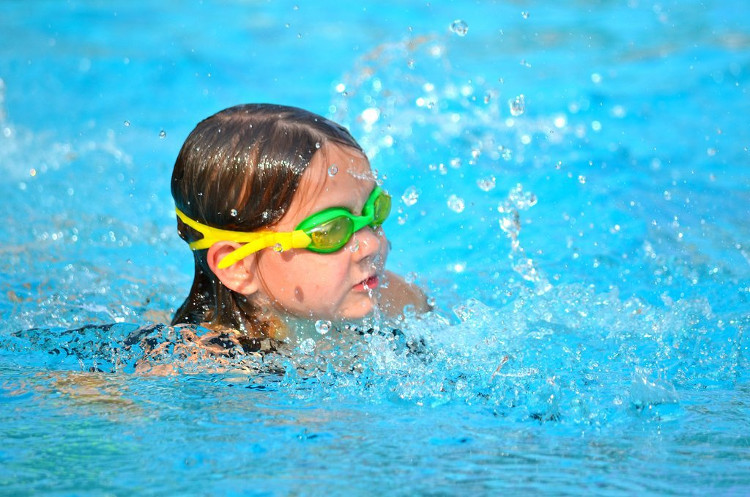Warning of the risk of 'drowning', absolutely not subjective
Do you know the risk of drowning can occur even after leaving the pool?
The following article will help you answer the above question and provide information about "drowning" - one of life-threatening situations that needs special attention when the swimming season comes.
So what is "drowning" ?
"Shallow drowning" is a rare medical condition that is more common in young children but can also occur in adults.

"Drowning" happens because when we swim, we breathe in water.
"Drowning" happens because when we swim, we breathe in water. At this time, the water does not spill to the lungs but will cause the vocal cords to contract, squeezing the airway. A similar case is "secondary drowning" , which occurs when water enters the lungs. A small amount of water also causes the lungs to stimulate fluid secretion and lead to pulmonary edema.
Both of these conditions occur after you have left the pool. However, "drowning" can happen as soon as you encounter underwater incidents. "Secondary drowning" often occurs after swimming for 1 - 24 hours. If they are not detected and treated promptly, they will make the person unable to breathe and damage the brain.
Symptoms of "drowning" condition
After swimming, both of these drowning conditions share the following symptoms:
- Cough.
- Chest tightness.
- Prolonged shortness of breath.
- Tired.

When accidentally swallowing or choking water to the shore to find remedies.
How to prevent and deal with suspicion of "drowning"
- Learn to swim in order to practice reaction in the water environment.
- Young children who go swimming need close supervision by parents or teachers.
- When accidentally swallowing or choking water to the shore to find remedies, avoid allowing water to enter the lungs in danger.
- After swimming back, if you see any of the above symptoms, you should follow up and bring the patient to the nearest medical facility for timely examination.
Why are people drowning after going to shore?
- Why are people drowning after going to shore?
- First aid when drowning
- How to save suffocated people
- Necklace puffs up to save lives
- Help your child prevent and respond to drowning accidents
- Why are men more likely to drown than women?
- Robots rescue drowned people
- Two ways to escape drowning when you can't swim
- WHO: Warning of the risk of death from sitting on aircraft
- Discovered the unique ability of bees to save themselves from drowning
- The risk of pandemic is high
- Warning of cancer risk when using Elidel and Protopic
 Green tea cleans teeth better than mouthwash?
Green tea cleans teeth better than mouthwash? Death kiss: This is why you should not let anyone kiss your baby's lips
Death kiss: This is why you should not let anyone kiss your baby's lips What is salmonellosis?
What is salmonellosis? Caution should be exercised when using aloe vera through eating and drinking
Caution should be exercised when using aloe vera through eating and drinking